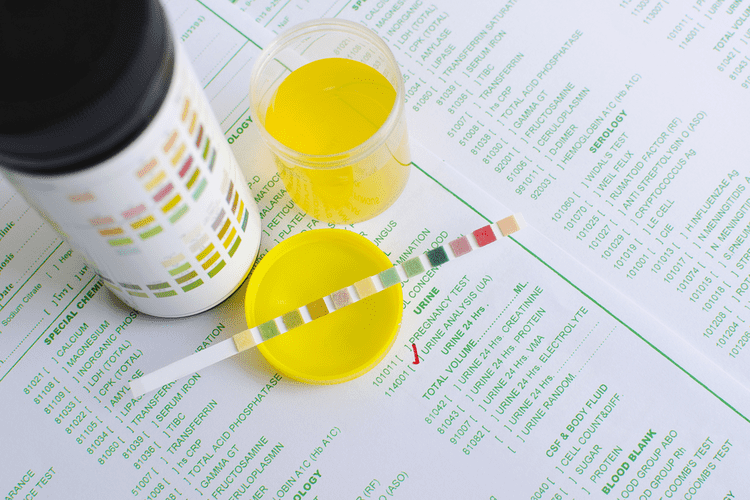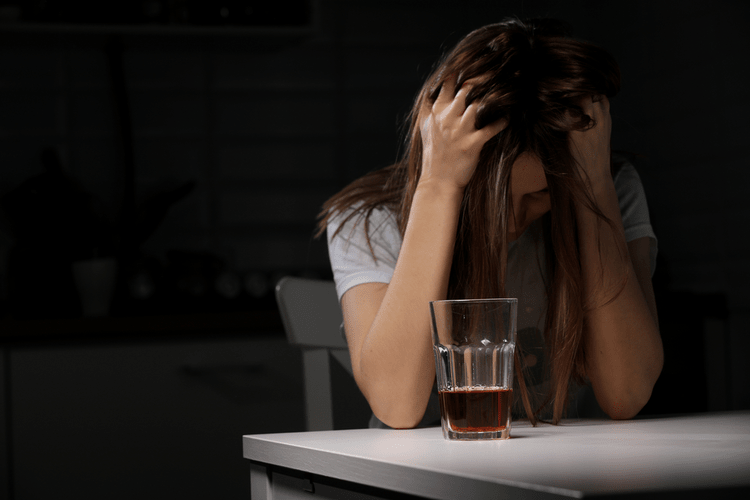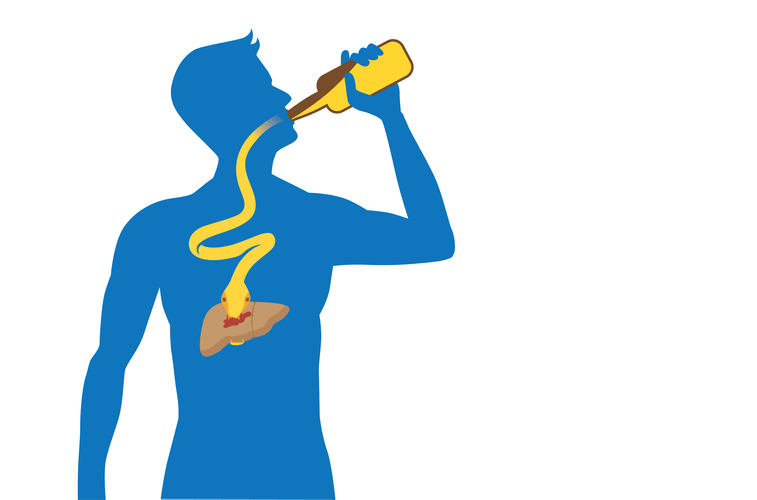Costs will differ depending on the living situation (private vs. shared room), staff pay rates, and, most significantly, the home’s location. Sober living homes often have certain similarities, including the ability to come and go as you choose. There are rules that residents are expected to follow during their time at a sober living home, one of the most important being that they are sober and commit to remaining sober while there. Additionally, sober living house rules may include a curfew, helping around the house, and attending group meetings. Sober living serves to connect individuals in their transition from intensive care to being fully independent, supporting long-term recovery from substance use. These homes give residents experience with everyday responsibilities, such as working, managing finances, and staying sober through peer support in a substance-free community.
CLINICAL COLLABORATION
Staff roles vary by level, with higher levels involving licensed counselors, case managers, and recovery coaches. These homes foster accountability through curfews, substance testing, and structured routines that encourage long-term sobriety. Connecticut offers sober homes specifically designed for justice-involved individuals transitioning from incarceration, probation, or court diversion programs.
- We do not receive any commission or fee based on which sober house you choose.
- Discover how sober living homes and recovery residences provide a safe, structured bridge between drug rehab and independent life.
- Whether it’s a men’s or women’s sober home in Connecticut, these spaces provide focused support and community while encouraging personal growth and stability in early recovery.
Sunrise Rehab and Recovery – DBA Evoke Wellness
These options provide varied support structures for individuals in https://ecosoberhouse.com/ addiction recovery, catering to different needs and preferences. Some alternatives focus on structured environments with peer accountability, while others offer flexible living arrangements with access to outpatient treatment. Sober living homes, also known as halfway houses, provide individuals in addiction recovery with a safe living environment that is both structured and transitional.
For a couple of months in 1975, he found himself living on the streets and begging strangers for money before he entered a rehabilitation program. He moved to a county-run halfway house in Silver Spring, MD, to recover but soon learned that the facility was about to close. Paul Molloy was a young lawyer on Capitol Hill who had a key role in drafting legislation that created Amtrak and other federal programs. He was also an alcoholic whose drinking would eventually cost him his job, his family and his home. I just had to follow the rules, get along with everyone, and work on my recovery.

Get Help With Addiction
Our well-maintained homes create a peaceful, community-based environment where accountability and mutual respect are foundational. The Sober House Directory is a nationwide resource designed to help individuals in recovery find safe, supportive sober living homes. Whether you’re seeking a fresh start, supporting a loved one, or helping a client transition into recovery housing, our goal is to make the process simple, transparent, and accessible. In Massachusetts, recovery homes are certified through the Massachusetts Alliance for Sober Housing (MASH), the state’s recognized affiliate of the National Alliance for Recovery Residences (NARR). MASH sets standards for sober living homes to ensure safe, supportive, and recovery-focused environments that promote long-term sobriety. MASH-certified homes are regularly reviewed and held accountable to best practices in recovery housing.
Start your search today and find the supportive environment you need for lasting recovery. They called their experiment in group living and joint sobriety Oxford House. It was the first step in a nationwide movement, now almost 50 years old, that has been credited with helping thousands of people overcome addiction and lead productive lives.
This is achieved through required sobriety, recovery group attendance, and household participation. Those who live in these houses rent rooms indefinitely and live a life in accordance with their responsibilities, like work and school. Our directory includes halfway houses, Oxford Houses, recovery residences, and transitional living facilities – all dedicated to supporting your recovery journey. People in recovery receive peer support and accountability in a level-one sober living home. Residents may choose to engage in community support groups, counseling, and anything else to help them stay sober. People who reside in sober living facilities can usually come and go as they please as long as they follow certain rules.
Employment helps individuals reintegrate into society and supports financial independence during recovery. Our Intensive Outpatient Program (IOP) combines evidence-based modalities with mindfulness practices, all within an inclusive, serene, and comfortable recovery environment. Upscale remodeled homes in beautiful neighborhoods, fine furnishings, and quiet, comfortable common areas. Our sober livings in St. Paul don’t look or feel like the average recovery house. Our homes are designed to look and feel like your own home, a home you’d be proud to live in.
Sober Living in Connecticut: Find a Certified Sober House Near You
If you want to find the best sober living home near you, it’s important to carefully consider different options as each home is structured differently and usually has its own house rules. The best home for your individual needs might be one that is worth traveling for. Prices vary, but most of the time it costs about the same as it would cost to live in a modest apartment or home. Residents must pay rent on time, but they do not have to pay first and last month’s rent. As one example, visitors can visit on weekends and must stay within designated common areas. Most sober living homes suggest staying for at least 90 days, but staying longer (6-18 months) has been shown to have better long-term results.
These residences, also known as halfway houses or recovery homes, enforce house rules such as mandatory drug testing, curfews, and participation in support groups to help individuals maintain long-term recovery. Residents live in a peer-supported community where they gradually reintegrate into daily life while continuing therapy and employment. Sober living homes provide a safe living environment for individuals in addiction recovery, offering structured housing as a transitional step between rehab and independent living. These residences, also known as halfway houses or recovery homes, support sobriety by enforcing Sober living home sober living home rules such as drug testing, curfews, and participation in support groups. Studies show that sober living homes improve long-term recovery outcomes by reducing relapse rates and increasing social stability. Yes there are alternatives for sober living homes including halfway houses, transitional housing, recovery residences, and community-based support programs.

Focus on reintegration into society, including employment assistance and life skills training. Typically have a fixed length of stay,determined by legal or program requirements. ✓ Clinically reviewed by addiction medicine specialists Board-certified doctors validate every sober home rating and recommendation.
These sober living environments are designed to help individuals transition smoothly toward long-term recovery and independence. The Oxford House Model provides a unique and successful system of operations that differs from traditional sober living homes and halfway houses. Peer support is at the heart of sober living, and many homes include house meetings and mentorship to foster healthy, sober relationships. Most sober living homes are privately run and not government-funded, but financing options may be available. Some residents have family members or friends to help them pay for sober living. It can build self-esteem, teach residents about finances, and become responsible members of the community.










